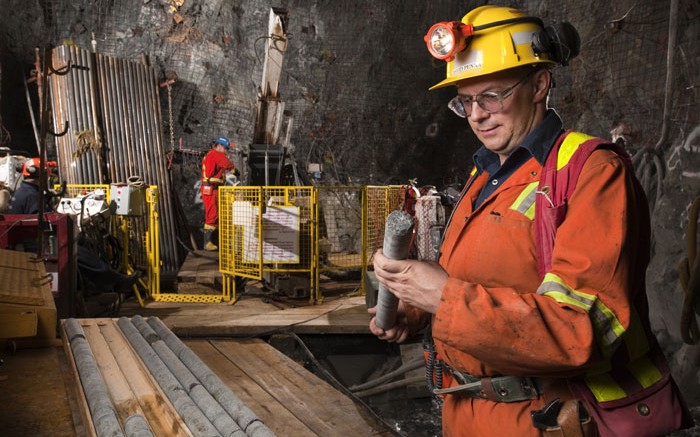First it was nickel prices and now it’s palladium. Another metal with a silver hue, albeit a more precious one, has been on a run with sanctions against Russia again being seen as the culprit.
The metal, which is prized for its usage in catalytic converters and jewelry, has reached its highest level in 2.5 years and was trading for US$783 per oz. at press time, with prices reaching as high as US$799.50 per oz. in recent days. One has to go back to the summer of 2011 to find a time when the metal last broke through the US$800 per oz. level.
The latest surge is believed to be connected to fears over a possible backlash to trade sanctions against Russia, which is the leading producer of the metal, supplying the world with 42% of its annual supply.
U.S. President Barack Obama ordered a second round of sanctions on March 20 against Russian officials and a bank for its annexation of Ukraine’s Crimea region. The concern is that the Russian bear may hit back against the West by crimping exports of its most desired commodities — palladium being one of them.
Russia has come to dominate the palladium market on the back of stockpile sales and strong mine production. It is said to have collected a large store of the metal in Soviet times, and while the level of those stockpiles is a state secret, it is believed that they are severely diminished.
If possible restrictions on Russian supply weren’t enough to send investors scurrying to buy the metal, strikes at mines in South Africa are compounding the problem. South Africa is the world’s second biggest producer of the metal, as it contributes roughly 37% of global supply and has had ongoing strike issues at its platinum and palladium mines for the better part of the last two years.
Such worries on the supply side come ahead of the launch of palladium exchange traded funds in South Africa. The investment tools are expected to boost demand, putting further upside pressure on the metal’s pricing. Two of the countries largest banks, Standard Bank Group and ABSA Capital, are launching separate physically backed ETFs to be listed on the Johannesburg Stock exchange.
When all of these factors are summed, the result has been a perfect storm for the metal.
For North American investors looking for avenues to play the metal, North American Palladium (TSX: PDL) represents one option. The company recently updated markets on its mineral reserve and resource estimates and life-of-mine at its key asset: the Lac des Iles mine located in northwestern Ontario. Total reserves and resources of contained palladium rose 24% to 5.2 million ounces and those extra ounces had the company increasing the mine life one year to 2019 with production of over 200,000 payable oz. The Toronto-based producer has been one of the top performers over the last week and a half with its shares up 25% to 61¢ during that time frame.


Be the first to comment on "The Russian effect: First nickel, now palladium"